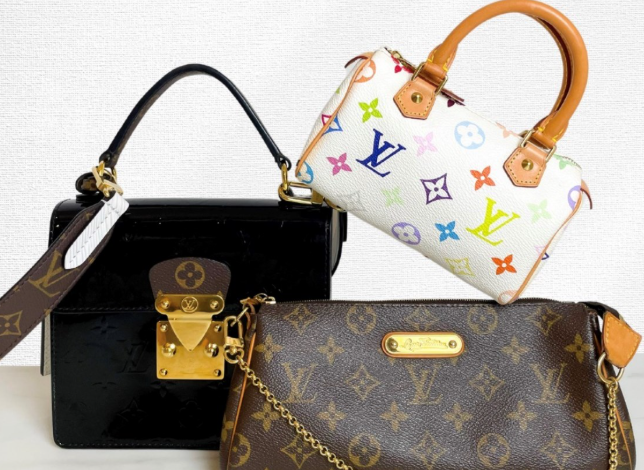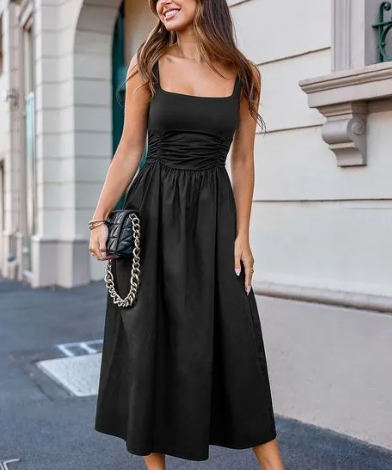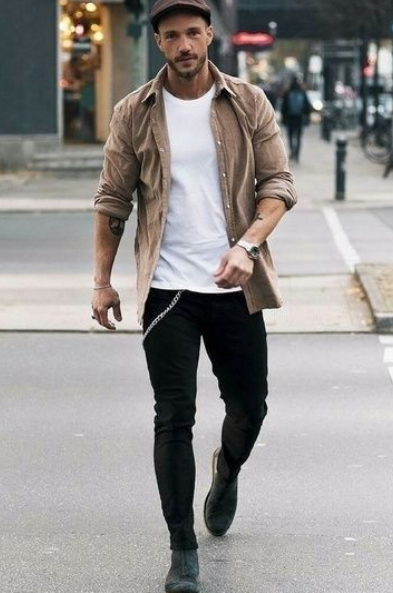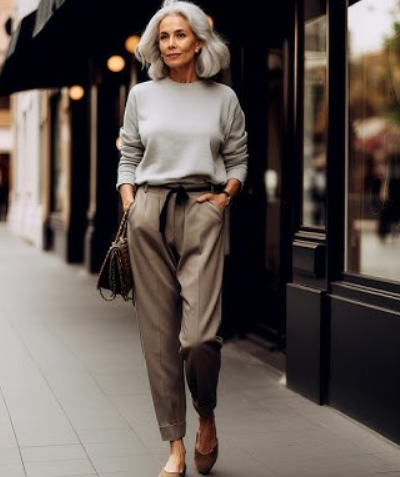How to Identify a Fake Handbag: Tips for Spotting Counterfeits

Designer handbags have long been a symbol of luxury, but unfortunately, counterfeit versions have been lurking in the market almost as long as the real thing. Scammers often attempt to profit off of the hard work and creativity of established brands, selling fake bags that are of poor quality and may even be made with harmful materials. As a consumer, it’s essential to be aware of how to spot these fakes to avoid wasting your money. In the U.S., nearly 28% of all counterfeit products seized are handbags and wallets. Here’s a guide to help you recognize a fake handbag.
If the Price Seems Too Good to Be True, It Probably Is
A major red flag when shopping for a designer handbag is an unusually low price. If you find a luxury bag for a fraction of its retail cost, it’s likely a counterfeit. These deals can be found on obscure online stores, online marketplaces like Facebook, or even in person at flea markets and discount outlets. It’s also common to see fake handbags sold in tourist destinations. If you’re tempted to buy one abroad, remember that trying to bring it home may result in it being confiscated, with a fine as an added consequence.
Beware of Popular, In-Demand Bags
Counterfeiters often target the hottest trends, especially handbags that are in high demand. If a bag is extremely popular and hard to find, it’s unlikely to be available at a huge discount. Be cautious if you come across a store with a large stock of what’s considered a rare item—this is often an indicator that the bags might not be genuine.
Examine the Details Closely
When shopping for a designer handbag, it’s crucial to pay attention to the finer details. Each brand has its own set of specifications for material quality, logo design, serial numbers, hardware, and stitching. Be sure to inspect zippers, buttons, the “made in” stamp, and date codes. A genuine designer bag will be flawless and uniform, with no variations from one item to the next. A simple trick to spot a counterfeit is by looking at the typography—counterfeit bags often feature slightly different fonts or even typographical errors. This might seem like a minor issue, but it can be a significant giveaway when spotting a fake.
Consistency Is Key with Designer Handbags
Authentic designer bags are all made to be consistent with one another. From the stitching to the shape and color, every bag of the same style should look identical. High-end brands put their bags through rigorous quality control before they leave the warehouse, ensuring each one is perfect. So, if you’re shopping online, always compare the photos provided by the retailer with those from the designer’s official website. If you’re in a physical store, check that all the bags on display are consistent in appearance. Counterfeit bags often vary slightly in design and finish, so any noticeable differences should raise suspicion.
Try to Buy In-Person When Possible
One of the best ways to ensure you’re buying a real designer handbag is by relying on your senses. Counterfeits often feel off to the touch. The leather might have an unnatural smell, the zipper could be rough, or the buttons may not function as they should. It’s much easier to identify these signs in person than online. When shopping in-store, you have the chance to inspect the bag up close and walk away if something doesn’t feel right. Once a purchase is made online, it can be much harder to spot a fake until the bag arrives at your door.
By keeping these tips in mind, you’ll be better equipped to avoid counterfeit handbags and ensure that your investment in a designer piece is legitimate.





